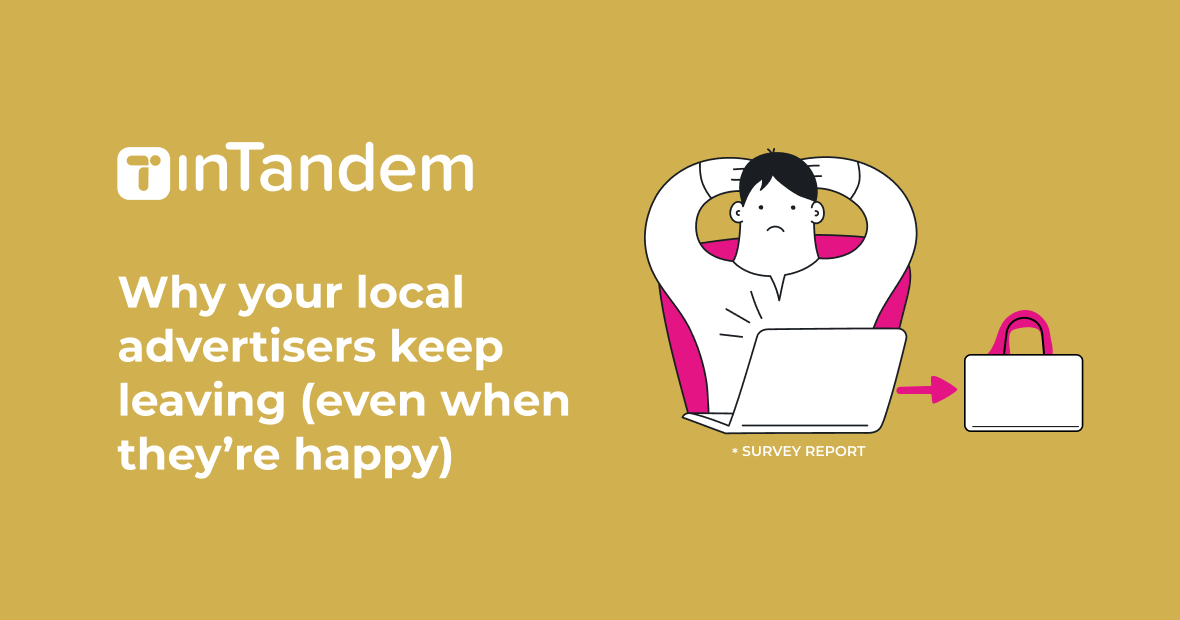Get AI insights on this blog post:
ChatGPT
Perplexity
If you’re looking to raise awareness about your brand while boosting sales and growing your audience, look no further than co-branding. After all, partnerships are a great way to scale your business and reach a wider audience.
By pairing strategically with other brands, you can expand your business offering as well as harness a powerful way to grow your business and build brand awareness. Through a strategic partnership with a brand that has a loyal customer following, you can gain access to that loyalty and gain new customers that otherwise might not have been exposed to your brand at all.
There are many benefits to co-branding, however, it is important to know how it works in order to make it work for your business . In this article we outline the meaning of co-branding, how it works and strategies to consider before getting into a co-branded partnership. Everything you need to know to successfully begin a co-branded partnership.
What is Co-Branding?
Co-branding, also known as a brand partnership, is a branding strategy where two or more brands come together to promote or produce a product or service. This does not mean simply putting two brands’ names together on a product or service. A co-branding partnership combines the resources, identities and brand stories of each partner to create a new product or service that usually comes with a new logo, brand colors and so on.
Co-branding involves the sharing of resources, expertise, technologies, and client base, where each partner can benefit from the other’s. Though a brand partnership can be established between two brands that have nothing in common, it is usually preferable to have at least some kind of shared value that ties the brands together.
What are the benefits of Co-Branding for a business?
A well planned and well executed brand partnership has an abundance of benefits for each partner involved. Through this type of partnership, each side can leverage their strengths and expertise, as well as their market and audience.
Expand your reach
By entering into a branding partnership, you’ll increase the exposure of your brand to your partner’s existing client base. Loyal customers of your partner brand are more likely to trust their go-to brand’s recommendation of your product or service, and consider buying where in the past they might not have given your brand a second look.
You can also use co-branding as a way to generate a buzz around your brand, or about the partnership and lure in new customers outside of your existing customer base who are intrigued to hear about your partnership.
Reduce your risks and costs
Launching a new product or service, entering into a new market or taking on a whole new category of business can be risky for any sized brand. By partnering with a brand that’s already in the market sector you are trying to enter, you can reduce the risk you’d be taking by going at it alone.
Also, by creating a partnership with a brand that’s established with associations, values and ideals in the market you’re trying to enter, you are choosing a cost-effective way to show audiences the changes within your own brand. Since brand campaigns can be costly, you can show the pivot to new services or products within your own company by partnering with a brand that’s where you want to be.
Establish credibility of your brand
Having a strong brand partnership shows each brand’s credibility and trustworthiness to their respective audiences. As mentioned above, loyal customers are more likely to trust your brand if their trusted brand recommends you than if they stumbled across your brand on the go. Not only that, but having your brand tied in with another’s enhances your brand recognition and awareness.
Additionally, by partnering with another brand, you are showing that your brand is one other businesses want to work with, which further cements your brand’s credibility and makes others want to trust your brand that much more.
What are the disadvantages of co-branding?
Though there are many benefits to co-branding and collaborations with other brands, it’s not free from its downfalls. There are a few things to keep in mind when going for a brand partnership:
Financial issues
As a co-branded partnership involves revenue or profit sharing, things can sometimes get tricky and one brand may feel that the other is taking advantage of them. It is important to make sure each co-branded partnership is protected by legal documents and agreements that are settled before the campaign goes live. This also means that there are costs involved at the negotiation stages, which is something else to consider before diving head first.
Lack of synergy between the brands
When considering a branding partnership, it’s not just about whether your product or service is compatible with what your potential partner is offering. One major mistake made during co-branding is that though the services or products align, the companies themselves do not. We’re talking about internal culture, values, vision, etc. Sometimes, you have to know when to walk away because the brand you’re considering working with doesn’t share the same values or company culture, which will cause confusion and deter potential clients.
Sharing a reputation isn’t always a good thing
Though a co-branded partnership brings with it a change in reputation for your brand, that might not be a welcomed change. If clients have a bad taste in their mouth from one of the brands, you can be sure it will affect the likelihood of them wanting to interact with the other brand in the partnership. This would cause the brand partnership to fail even before it begins.
Different types of co-branding strategies
1. Ingredient co-branding
Similar to how it sounds, ingredient co-branding is when brands partner up based on compatible ingredients or components among them. The way this strategy works is to find an element that matches between the brands, combine the brand personalities and market the new offering as a way to solve a problem in the market.
A great example of this is NVIDIA and ASUS co-brand. NVIDIA designs powerful GPUs and partners with ASUS, a leader in computer hardware, to produce high-end gaming laptops and graphics cards.
2. National to local co-branding
This is when national brands collaborate with local brands to bring about a new offering to the market. The purpose of this co-branding strategy is to help small businesses reach a wider audience, and vice versa, for big brands to win over the hearts of those who shop local. Both businesses benefit from this type of partnership, although they are a bit harder to attain for small businesses.
Google deployed Google Station – a program that provides free wifi at public locations like malls, train stations, and cafes – in various countries around the world, partnering with local telecommunication companies and ISPs to help deploy and manage these wifi networks.
For example, in India, Google partnered with RailTel, a subsidiary of the Indian Railways, to provide free wifi at railway stations all across the country.
3. Composite co-branding
This co-branding strategy focuses on well-known and well-established brands that work together to create a stronger marketing strategy for their business. Composite co-branding works on retaining existing customers rather than finding new ones.
The Nike and Apple collaboration is a great example of composite co-branding. The Apple Watch Nike edition is a result of both, well-established brands coming together to create a strong and unique product for their audiences.
4. Multi-sponsor co-branding
Multi-sponsor co-branding happens when two or more companies pair up to share technology, knowledge, sales and promotional events. Each of the companies involved usually earn an opportunity for an increase in sales, brand recognition or reputation. This is perhaps one of the more popular types of co-branding partnerships.
An example of this would be the Microsoft, HP and Hewlett Packard Enterprise (HPE) collaboration for the Azure Stack. Azure Stack is an extension of the Azure cloud platform that Microsoft developed, allowing businesses to run Azure services from their data centers. In this partnership, Microsoft provides the software and cloud services expertise, HP provides the hardware, and HPE supplies the physical servers and infrastructure.
What to consider before co-branding
Before diving into a co-branded partnership you want to make sure you consider all the important factors. The reasons to enter a co-branded partnership are plentiful but you have to make sure you take the following into consideration:
Target markets
The first priority is making sure your target audience and that of the brand you’re considering partnering with have some kind of overlap. A partnership won’t work if you are both targeting extremely different demographics. For example, if both your and the other brand’s products are used by the same target market, then it would work for both parties to partner up.
Brand personality
You want to make sure your brand’s personality is compatible with the personality of the brand you are planning to partner with. Too much differentiation and it could cause confusion among the target audience and your entire campaign will fall through the cracks. You can usually learn a lot about a brand’s personality through its target market, even if you don’t have the means to conduct an in-depth analysis.
Overall reach and brand awareness
The next thing you’ll want to do is assess your potential partner’s reach and presence. This will help you understand what part of the market a brand partnership can help you tap into, which will indicate the ROI of this co-branded campaign. In addition, you’ll be able to better grasp what their reputation is like and how well received the brand is. As was already said, you wouldn’t want to partner with a brand that has a negative reputation.
A need in the market
Starting a co-branded partnership might be the easier part of the deal, however, maintaining it and making sure you’re servicing a need in the market is of utmost importance. You might have all the other stars aligned, however, if there is no need in the market for what you’re going to offer, your campaign will flop before it even begins. Be sure that what you and your partner are planning to offer answers a distinct and specific need.
Ready? Set. Co-brand!
Co-branding is a great way to increase your marketing efforts in a cost-effective way and raise awareness about your brand’s activities. Though it has some downfalls, doing it correctly will surely benefit your business when it comes to expanding your reach, your offering and your brand’s trustworthiness. Follow the strategies and considerations outlined above to make sure you are setting out on the right foot for a successful co-branded campaign or partnership from the start.


























